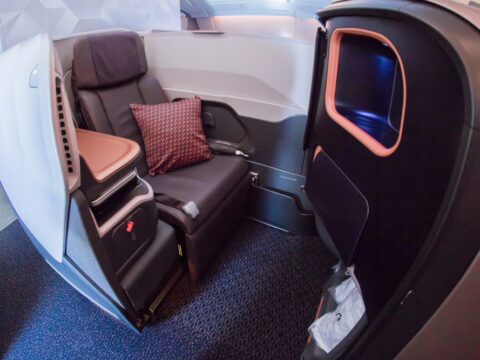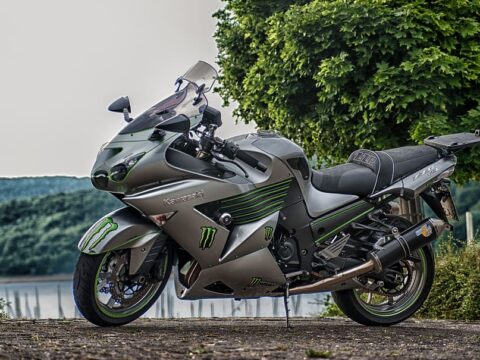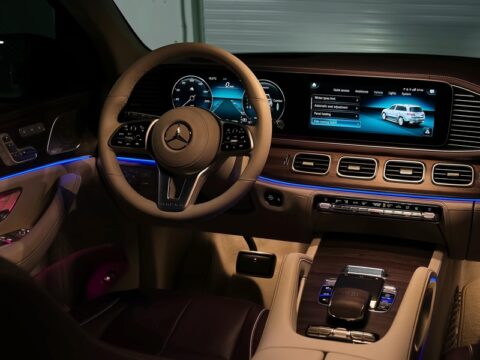Electric cars have made incredible strides in recent years, but not all models hit the mark when it comes to range and performance. Some vehicles, despite their promising features, fall short in delivering the driving distance or power that consumers expect. In this list, we’ll look at 18 electric cars that disappointed in these key areas, making them less practical for everyday use.
Contents
Chevrolet Spark EV
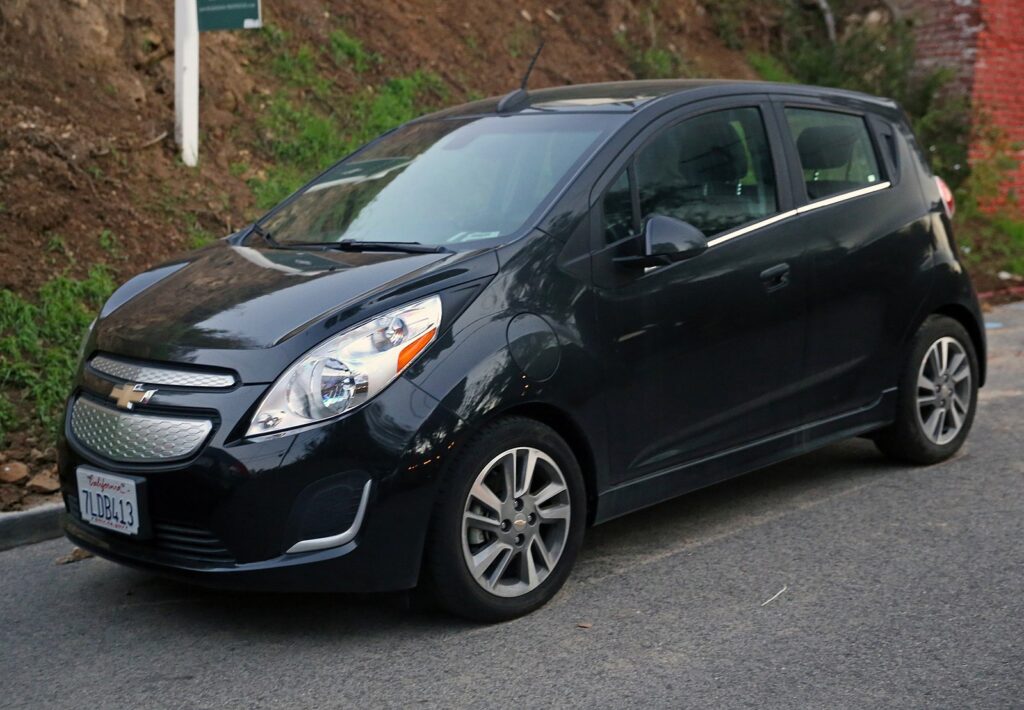
The Chevrolet Spark EV entered the electric car market with promise, but it quickly fell behind competitors due to its limited range of 82 miles. For drivers who needed more distance, this was far from practical. While its acceleration was decent, the car’s small battery made long trips nearly impossible without frequent charging stops.
Fiat 500e
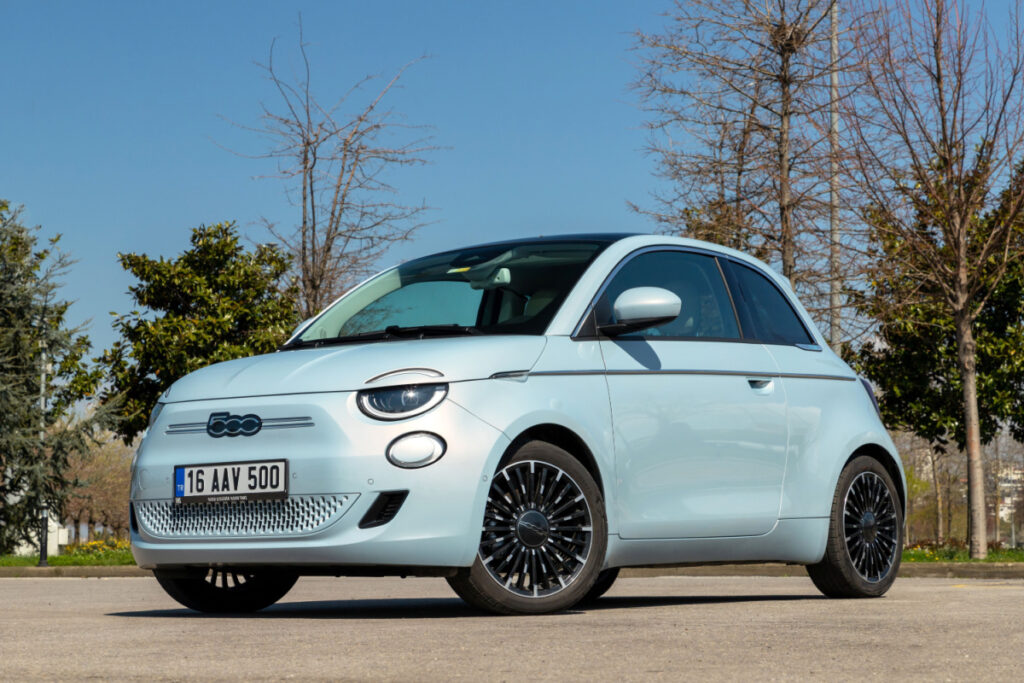
Though the Fiat 500e boasts a quirky, stylish design, its range is severely limited to just 84 miles. For anyone requiring longer daily drives, this simply wasn’t enough. While the 500e offers a fun city driving experience, its performance on highways is underwhelming, especially with slower acceleration. The absence of fast charging also added frustration for those needing a quicker recharge.
BMW i3
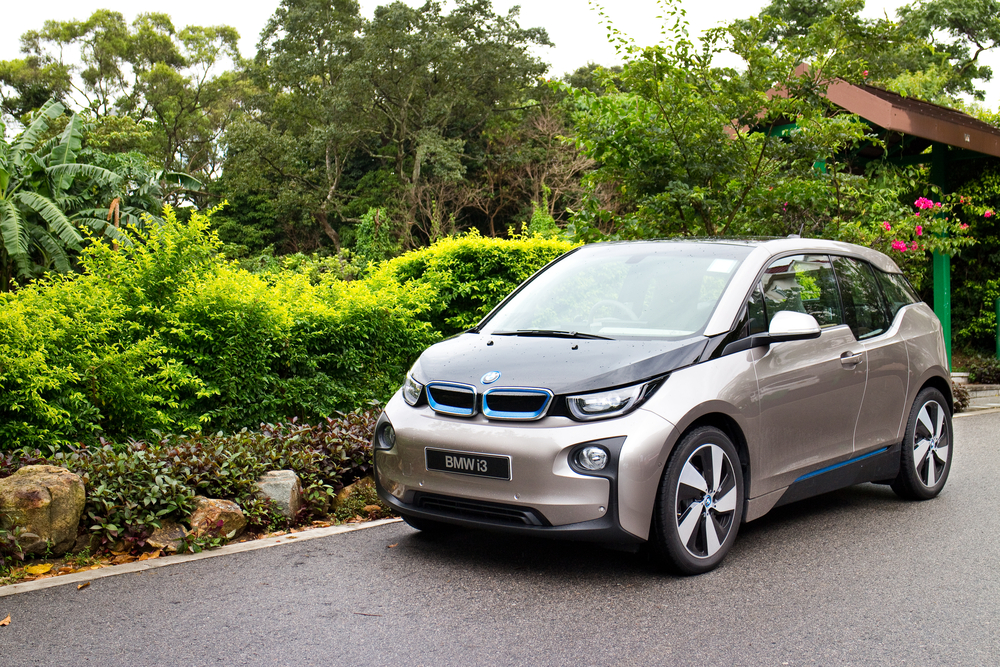
The BMW i3 brought a futuristic design to the electric car market, but its range left many drivers wanting more. Early models could only cover 81 miles on a full charge, a significant drawback for those who drive longer distances. Though the i3 performs well in terms of acceleration and handling, its small battery simply doesn’t match the needs of most consumers. The high price point also made it less appealing, especially when compared to competitors offering better range.
Nissan Leaf (2011-2017)
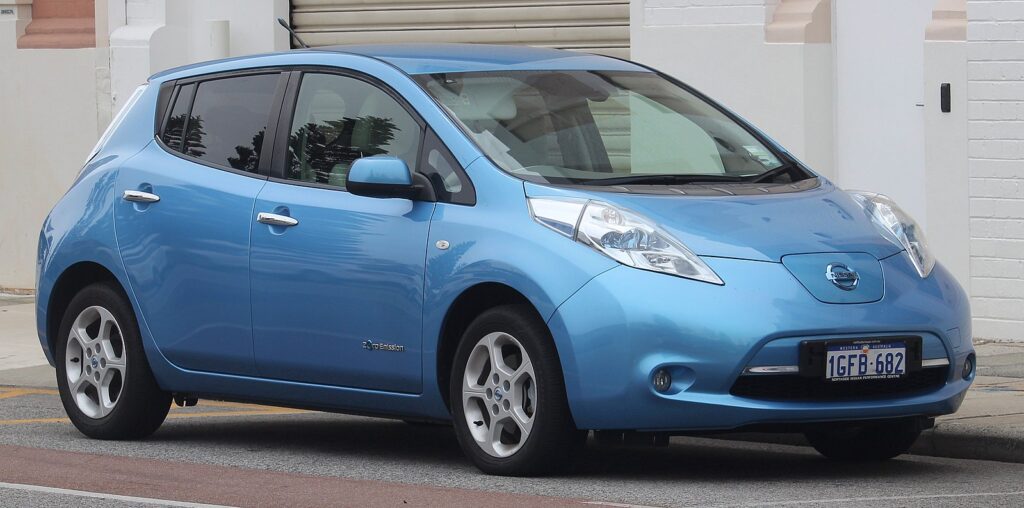
The first generation of the Nissan Leaf was revolutionary at its launch, but its range of just 73 miles was a major drawback. Designed primarily for city driving, it couldn’t handle longer journeys without causing range anxiety. Battery degradation over time further reduced the car’s already limited range, leaving many owners frustrated. Its performance was adequate for daily commutes, but it lacked the power necessary for more demanding drives.
Honda Clarity Electric
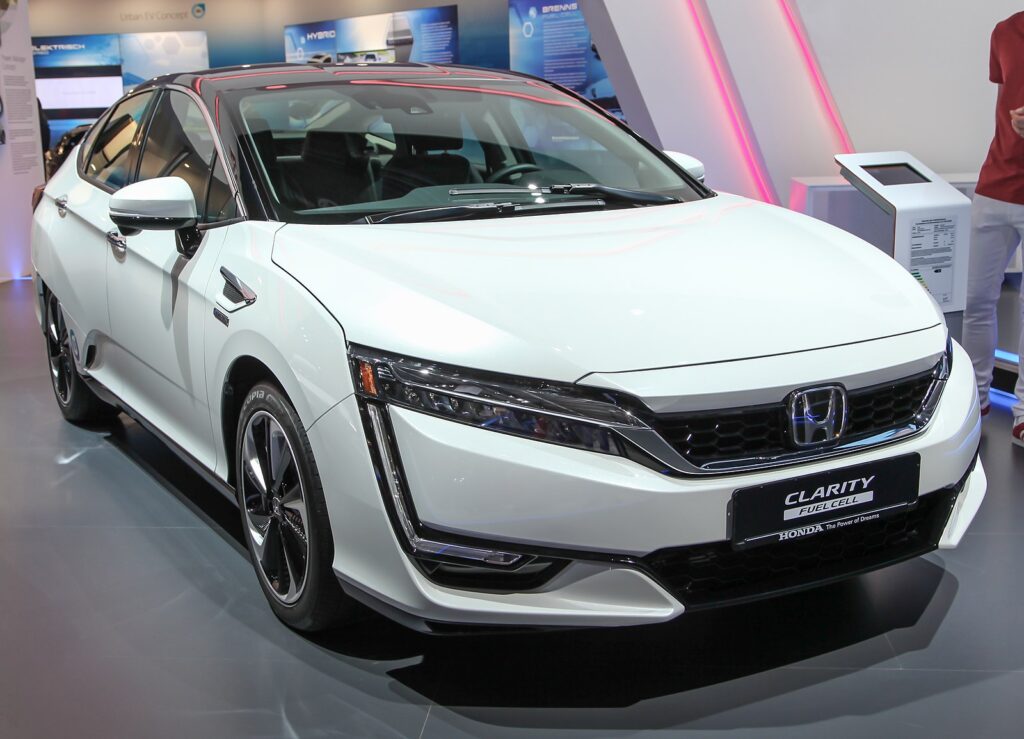
The Honda Clarity Electric was an attempt to enter the EV market, but its range of 89 miles per charge made it a hard sell. This limited range, combined with sluggish performance and slow acceleration, left much to be desired. The car also lacked a fast-charging option, further diminishing its appeal to those who wanted to minimize downtime. While Honda is known for reliable vehicles, the Clarity Electric didn’t live up to expectations, particularly when considering its higher price point.
Kia Soul EV (First Generation)
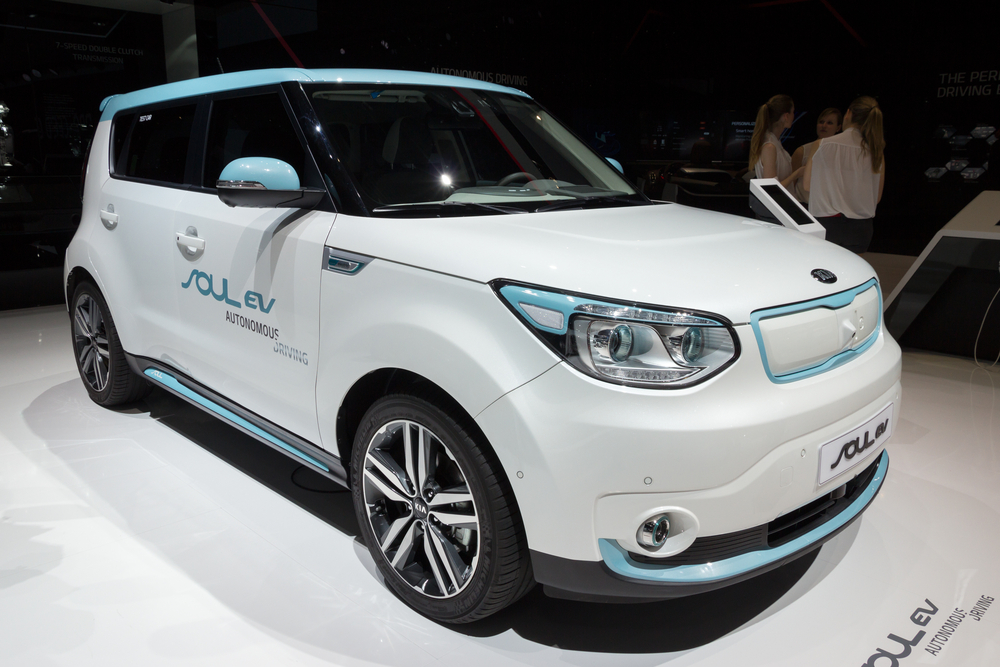
The first-generation Kia Soul EV offered a playful, unique design but came with a disappointing range of just 93 miles. This made it less attractive to those needing an EV for longer distances. While the quirky shape and spacious interior were appealing, the car’s boxy design also hindered its aerodynamics, reducing efficiency. On highways, the Soul EV lacked the power to keep up, further highlighting its limitations. For a first attempt, it missed the mark in delivering a competitive electric vehicle.
Mitsubishi i-MiEV
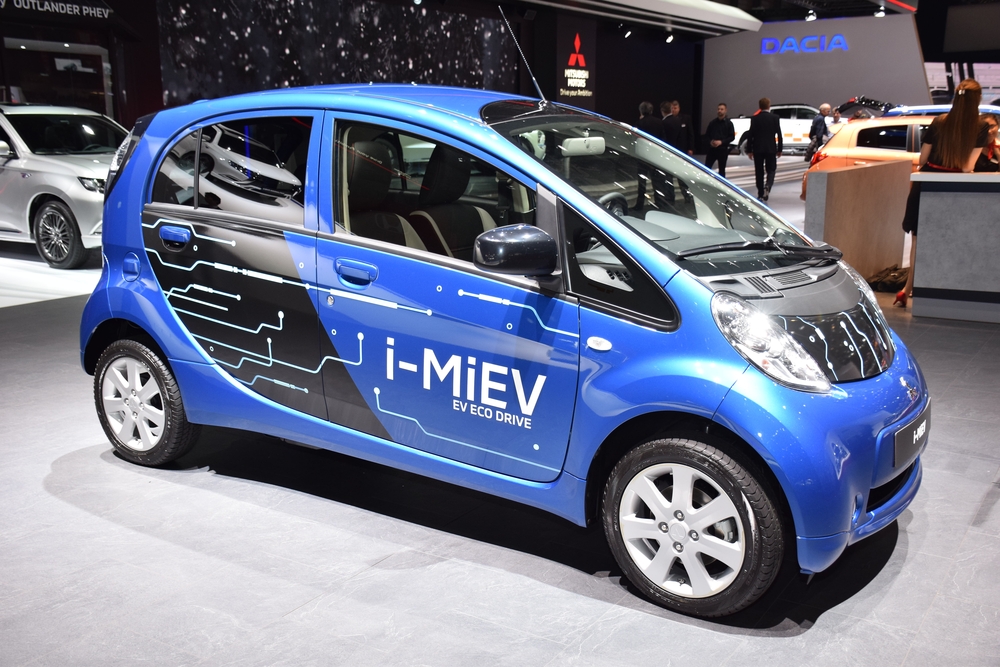
The Mitsubishi i-MiEV entered the market early but quickly became outdated due to its poor range of just 62 miles. It was designed as a small, efficient city car, but even in urban settings, the limited battery life was a problem. Performance was also underwhelming, with slow acceleration and unresponsive handling that made driving less enjoyable.
Smart EQ ForTwo

The Smart EQ ForTwo is a compact car built for city driving, but its range of just 58 miles leaves much to be desired. While it excels in navigating tight urban spaces, the limited battery capacity significantly hinders its versatility. Performance is average at best, with slow acceleration and a cramped interior that further limits its practicality.
Hyundai Ioniq Electric (2017-2019)

The first-generation Hyundai Ioniq Electric offered a range of just 124 miles, which was underwhelming even when it debuted. Many drivers found this limited distance restrictive, especially when other EVs in the same class were already achieving significantly higher ranges. Its performance wasn’t particularly impressive either, with slower acceleration and handling that didn’t stand out.
Tesla Model 3 Standard Range
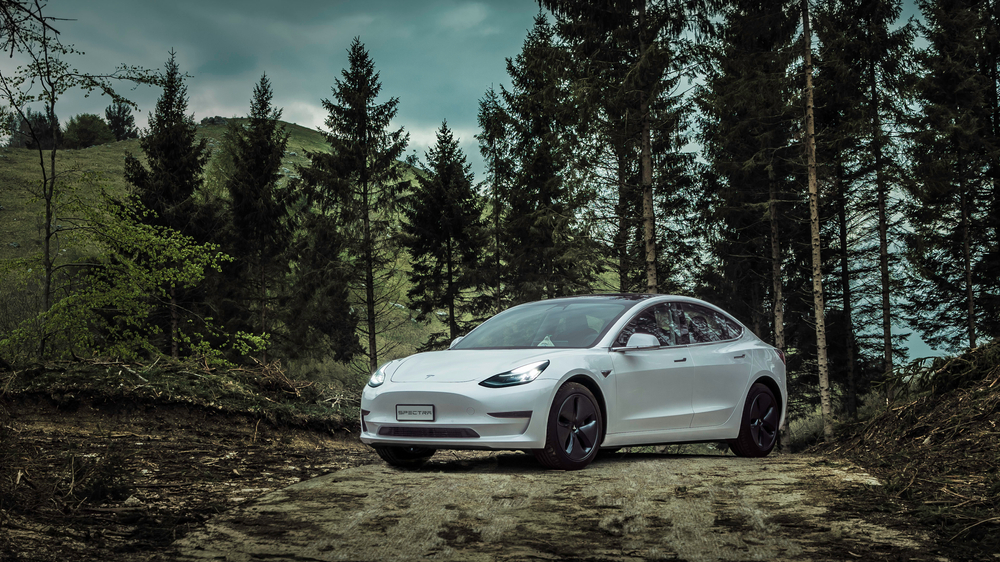
While Tesla is a leader in electric vehicles, the Model 3 Standard Range version fell short of expectations. Offering only 220 miles per charge, it didn’t compete with other EVs that had more impressive ranges for the price. Its performance was decent, with good acceleration and handling, but it lacked the thrill of Tesla’s more powerful models. Additionally, the minimalist interior and occasional quality control issues left some drivers underwhelmed. For those expecting the full Tesla experience, the Standard Range Model 3 didn’t quite deliver.
Volkswagen e-Golf
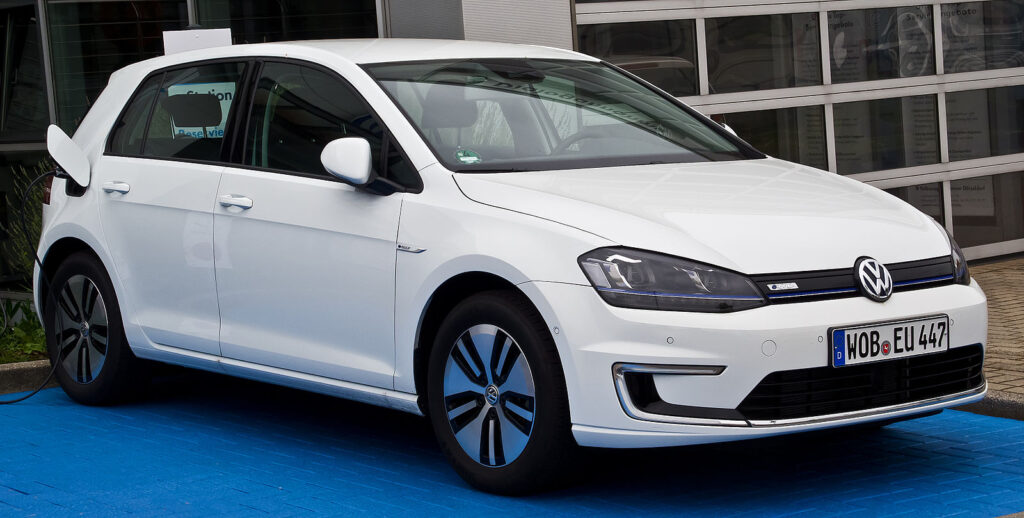
The Volkswagen e-Golf was a decent effort to transition a popular model into the electric era, but its range of 125 miles was underwhelming. It offered the classic Golf handling and comfort, yet struggled to keep up with competitors offering better battery life. Performance in terms of acceleration was fine for city driving, but it lacked the power needed for more spirited driving. Without fast-charging capabilities, the e-Golf also suffered in convenience.
Jaguar I-PACE
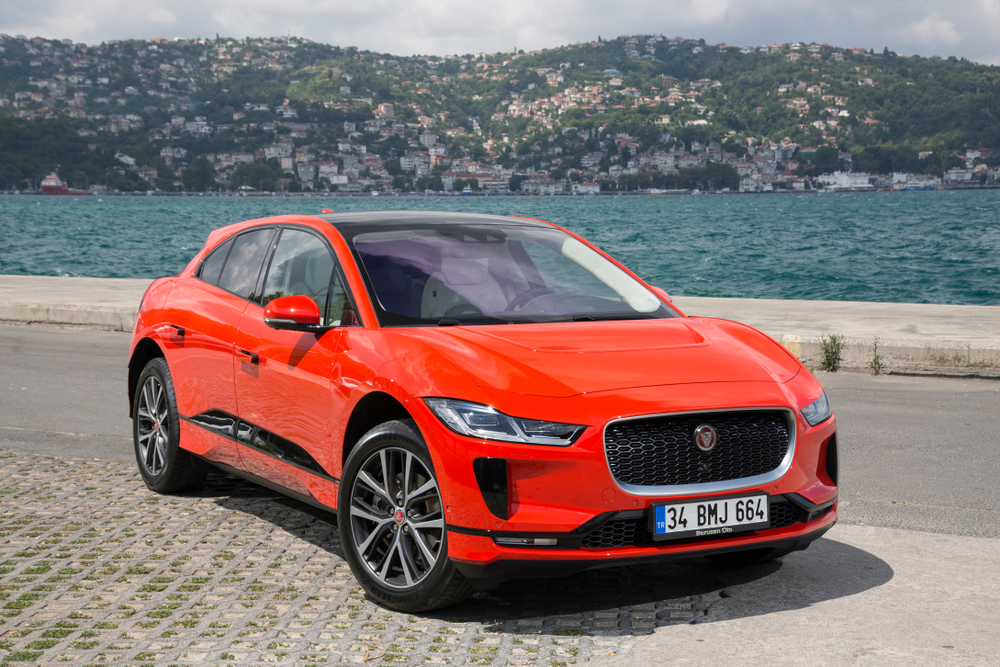
The Jaguar I-PACE has a sleek design and premium features, but its range often falls short of the advertised 234 miles. In real-world conditions, especially in colder climates, many owners report ranges well below this figure. While the car delivers on performance with strong acceleration, the charging times and limited range have frustrated drivers, particularly for long trips. At its luxury price point, buyers expect more in terms of range and efficiency.
Mazda MX-30

Mazda’s MX-30 is widely regarded as having one of the most disappointing ranges in the EV market, clocking in at just 100 miles per charge. This makes it far less competitive than other vehicles in its class, many of which offer much higher ranges. Its performance is similarly underwhelming, with slower acceleration and less power than other electric SUVs. While the MX-30’s design and interior are stylish and comfortable, the limited range and lack of power are major drawbacks.
Mini Electric (Mini Cooper SE)
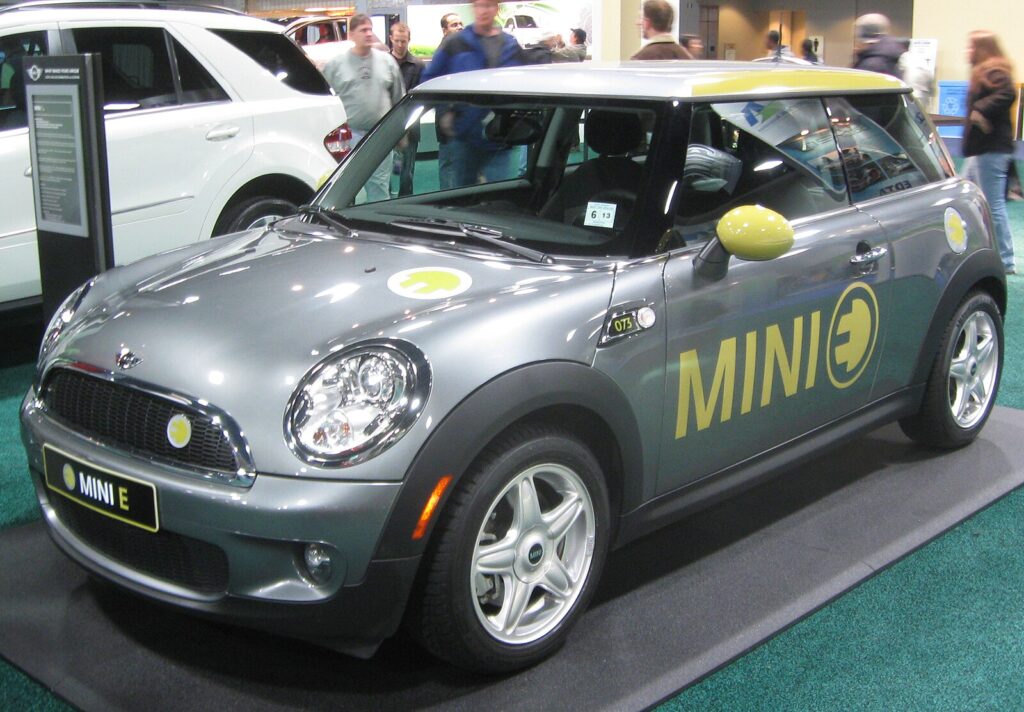
The Mini Electric offers a fun, compact driving experience but suffers from a limited range of only 114 miles. While it handles well in the city, longer trips are impractical due to the frequent need for recharging. On highways, its performance is not as robust as other EVs in the same category, with slower acceleration and less power. The iconic Mini design is charming, but that alone doesn’t compensate for its lack of range and speed.
Porsche Taycan 4S
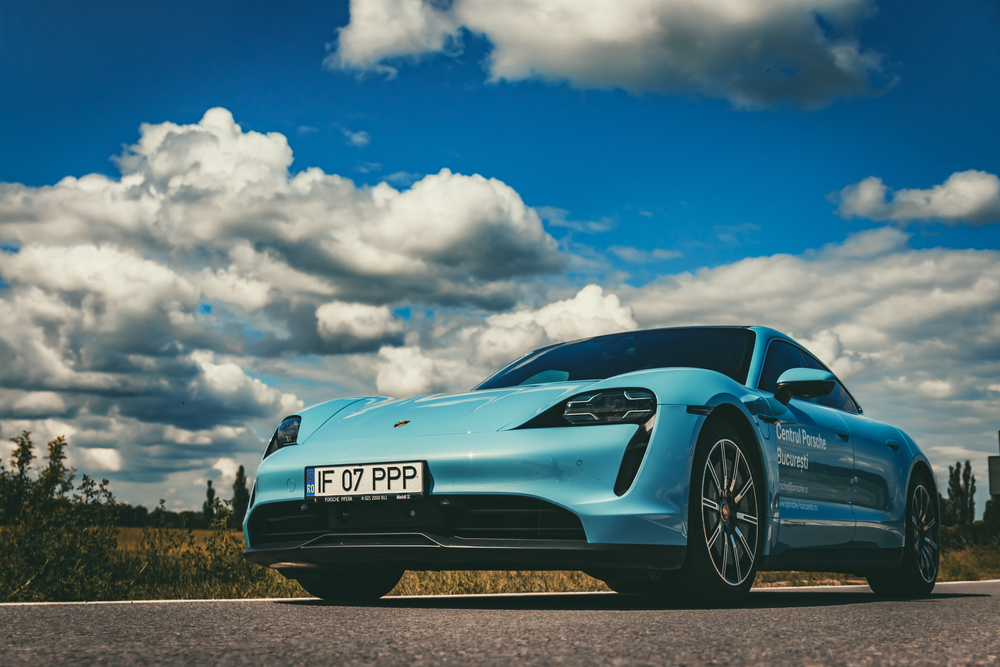
The Porsche Taycan 4S delivers a luxurious driving experience with powerful acceleration, yet its range is a disappointment at just 227 miles. For a car in this price range, buyers expect not only performance but also long-distance capability, and the Taycan 4S doesn’t quite meet the mark. While it shines in terms of handling and speed, the relatively low range can be a deal-breaker for those planning longer trips.
Ford Focus Electric
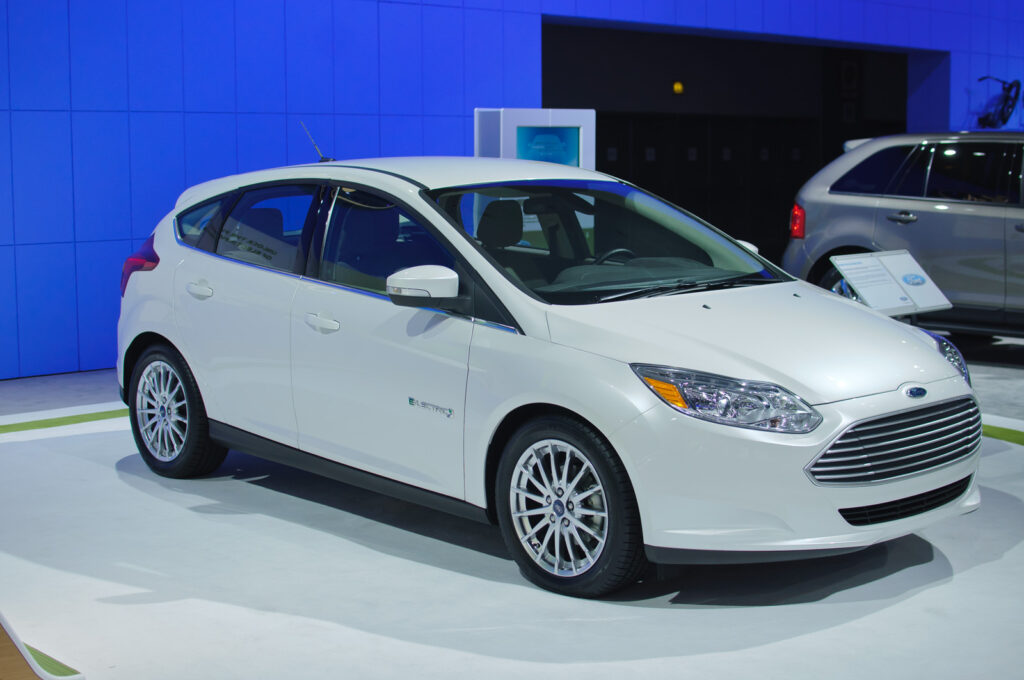
The Ford Focus Electric, released early in the EV market, suffered from a limited range of only 76 miles. While suitable for short commutes, it fell far behind competitors as battery technology advanced. Performance was mediocre, with sluggish acceleration and uninspired handling. The small battery required frequent charging, making it inconvenient for anyone looking to travel farther.
Mercedes-Benz EQC
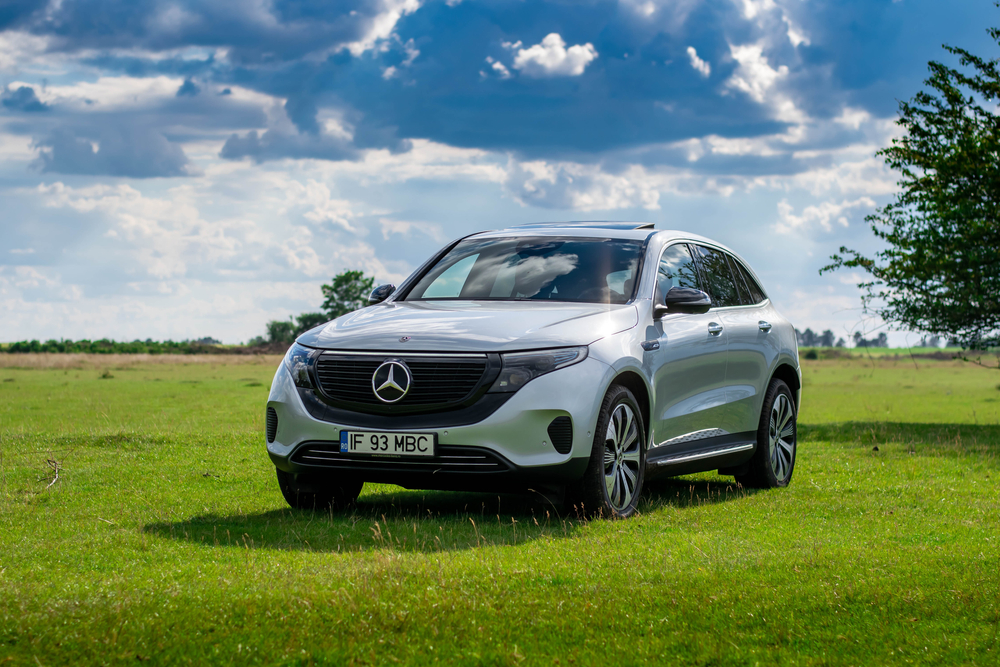
The Mercedes-Benz EQC offers luxury features and a smooth ride, but its range of only 220 miles limits its appeal. For a premium-priced electric SUV, this driving distance simply doesn’t compete with rivals offering more range for less money. Performance is adequate but lacks the excitement found in other high-end electric vehicles, and the slow charging speeds only add to the frustration.
Audi e-tron
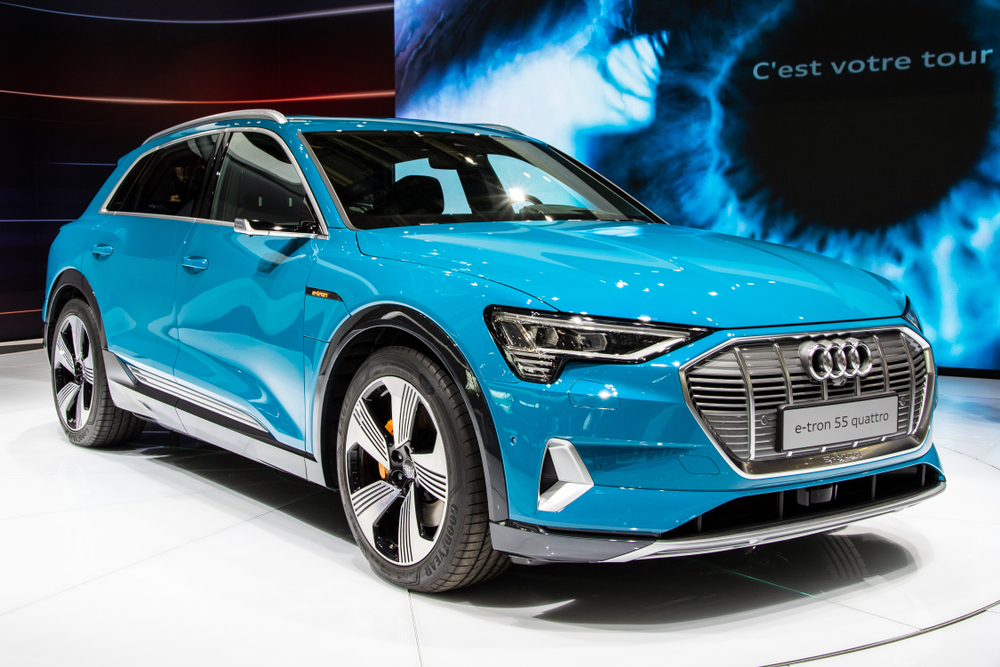
The Audi e-tron combines luxury and performance, but its 222-mile range leaves much to be desired for an electric SUV. The e-tron’s handling and comfort are excellent, but the lower range compared to its competitors is a significant drawback. Slower charging speeds also affect its convenience for long trips, leaving some drivers frustrated. Additionally, the e-tron’s heavy build further impacts its efficiency, making it less competitive in the premium EV market.
This article originally appeared in MyCarMakesNoise.
More from MyCarMakesNoise
8 Hidden Gem Motorhomes for Road Trips
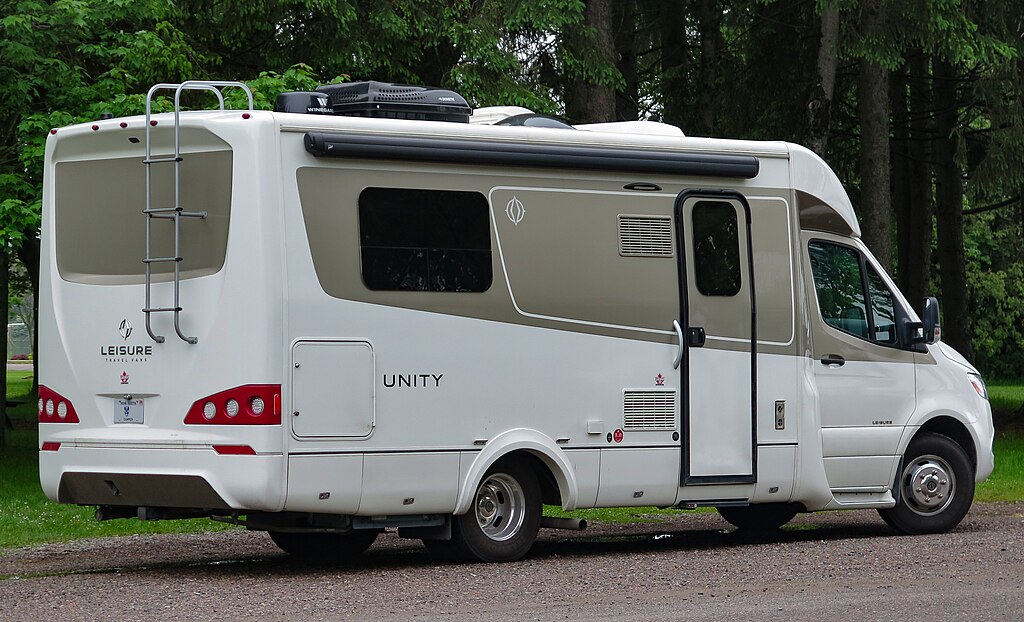
Planning a road trip and looking for something beyond the usual RV options? This list of 8 hidden gem motorhomes offers unique features and comforts that make them perfect for exploring the open road. Read More.
11 Typical Maintenance Mistakes with Electric Bikes

Maintaining an electric bike is crucial to keeping it running smoothly and ensuring its longevity. However, many riders unknowingly make common mistakes that can lead to costly repairs or reduce their bike’s performance. Read More.
20 Classic Chevelles That Never Gained Popularity
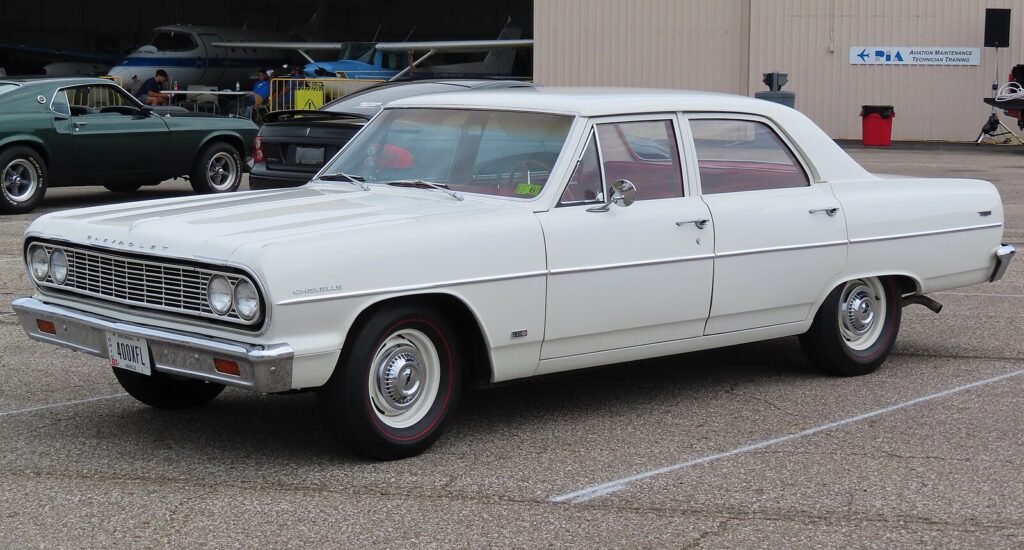
The Chevrolet Chevelle is an iconic American muscle car, but not all models have been well-received. Some versions, due to design flaws or performance issues, have failed to win the hearts of car enthusiasts. Read More.

